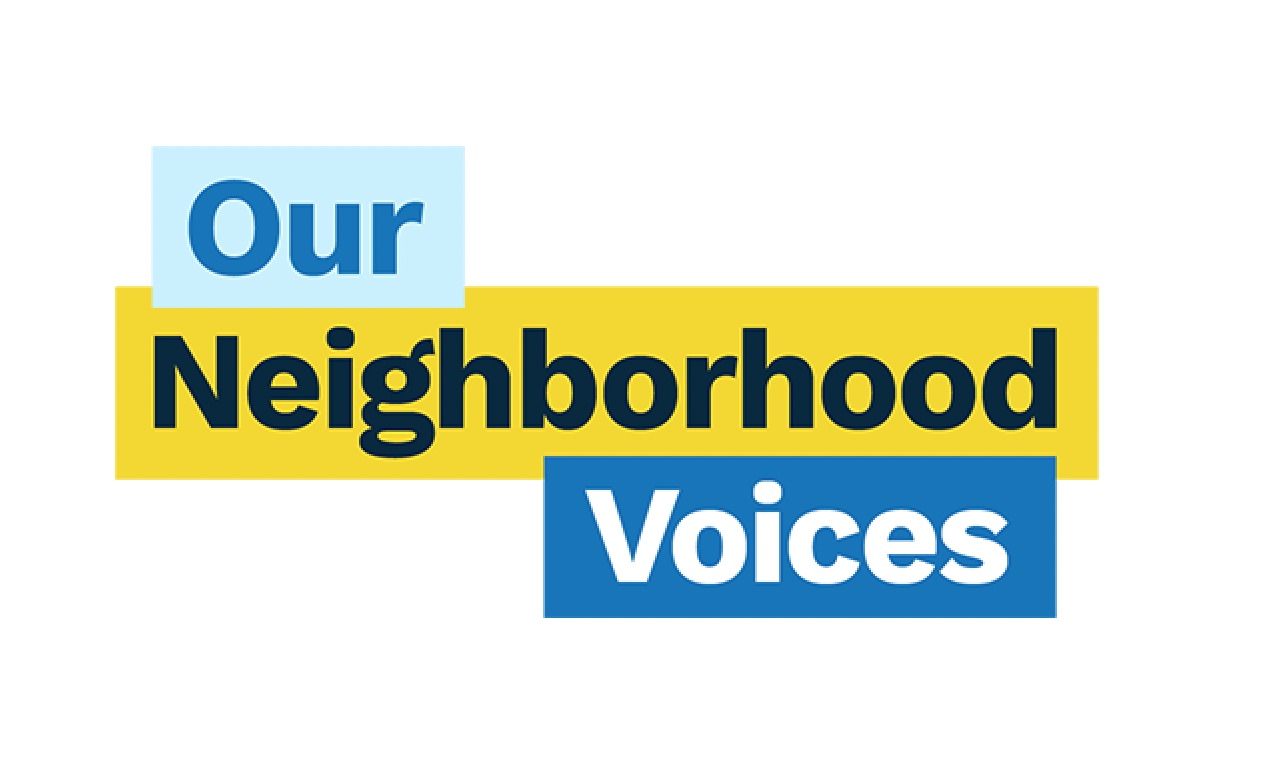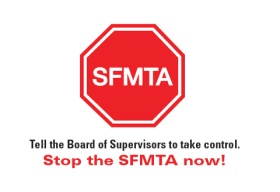Upping the ante Mayor calls for increased affordable housing mandate for private developers
By Laura Dudnick : S.F. Examiner Staff Writer : sfexaminer – excerpt
On the heels of the approval by voters last month of the first affordable housing bond in San Francisco in decades, Mayor Ed Lee and city leaders are calling for an increase in below-market-rate housing contributions from private developers as well.
At a media briefing at City Hall on Tuesday, Lee announced he is pursuing a charter amendment for the November 2016 ballot that would require more below-market-rate housing in new residential developments, though an exact amount has yet to be determined.
City leaders noted that increasing inclusionary housing requirements would better align San Francisco with its goal of earmarking 33 percent of all new homes as below market-rate — an effort supported by voters last year through Proposition K.
Most developments don’t include that level of below-market-rate homes, though recent major projects, like Mission Rock and 5M, will include 40 percent of such homes. Data from the second Housing Balance Report, released by the Planning Department in September, found 28 percent of net new housing produced between July 2005 and June 2015 was below market-rate.
Size, location could dictate developer requirements
The current inclusionary requirements call for developers of projects with at least 10 residential units to build 12 percent of below market-rate housing on the same site as the market-rate project. They can also choose to build 20 percent of such units at another location, or pay a fee.
The City has collected $163.6 million in fees to date since adopting its first inclusionary housing ordinance in 2002.
Lee said he will reconvene the same housing working group that established the Housing Trust Fund that led to the current inclusionary housing requirements through Proposition C in 2012. The group will begin meeting this month.
The group will also consider whether such requirements should vary by project size and location, among other features, Lee said… (more)
The housing trust set the standard in which to operate,” Lee said. “Since that time, we’ve invested [huge] monies in neighborhood stabilization, public use of land that we can buy with city general funds [and] housing.”
He added, “Still, [it’s] not enough. We recognize the crisis commands us to do even more.”
Board of Supervisors President London Breed said the current inclusionary housing requirements have become an obstacle in quenching The City’s thirst for more below market-rate housing.
“Twelve percent affordable housing is not enough,” Breed said in a statement. “We must push the envelope and require developers to build as much housing as possible that San Franciscans can actually afford.
Housing advocates agreed that increasing the inclusionary housing requirement is understandable, even obvious, given today’s starved housing climate.
But Tim Colen, executive director of the nonprofit Housing Action Coalition, which participated in the previous housing working group, noted that escalating the number of below-market-rate homes required could impact smaller development
“We would be concerned that we’re doing it at the top of the cycle and that it prejudices building smaller-scale, lower-cost housing outside the urban core, which we absolutely need,” Colen said.
Joey Toboni with the Toboni Group, a San Francisco-based family-owned development firm, doesn’t believe developers will be deterred by requiring more below-market-rate homes, but said relaxing other laws like height or density limits will help subsidize the costs of greater inclusionary requirements.
“I don’t think private developers will ever get scared off,” Toboni said. “There’s money
to be made in The City. … [But] there needs to be compromise from all sides.”
Olson Lee, director of the Mayor’s Office of Housing who the mayor tapped to lead the Housing Trust Fund Working Group in 2012, emphasized that a balance will be sought to avoid scaring off developers from building in The City while increasing below-market-rate units.
“If we increase the level too high and we shut down private development because their
projects are now infeasible, that’s not a benefit for anybody in The City,” Olson Lee said.
Tweaks to the current inclusionary requirements are already in the works. Earlier this
year, the mayor and Supervisor Mark Farrell introduced amendments to the inclusionary
housing ordinance that would include the creation of a “dial” to allow a project sponsor
— without spending more money — to build additional below-market-rate homes for residents who fall in the middle-income category.
ldudnick@sfexaminer.com … (more)





Comments are closed.